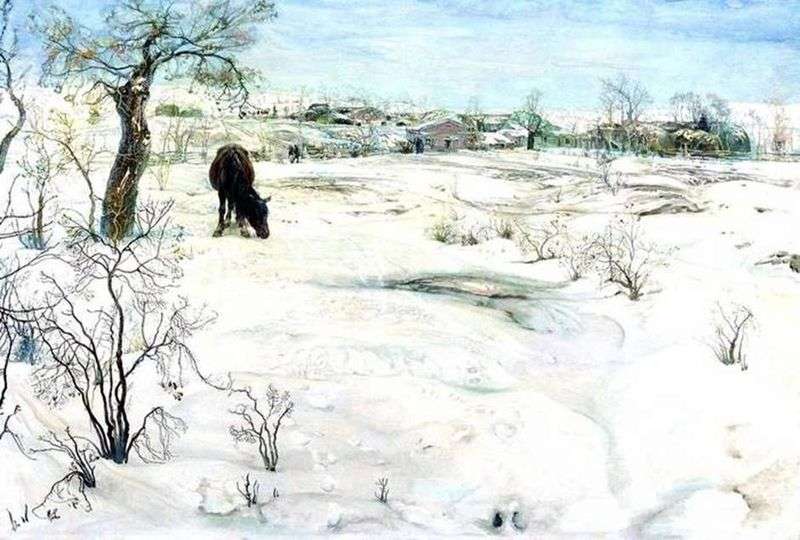
Unlike many people in the creative profession who could not accept the ideals and means to achieve the goals of Soviet power and decided to emigrate from the country, Isaak Brodsky decided to stay and work in Soviet Russia, and not for nothing: with his professional creativity he earned universal respect and respect in the most wide circles.
In the complex political environment of post-revolutionary Russia, at the beginning of his creative career, from 1917 to 1922, Isaak Brodsky wrote more landscapes in which he tried to convey the true Russian beauty. An excellent work, characterizing the artist’s work in this period, is the painting “Winter”.
Her plot is simple: the artist depicted a typical winter landscape in the middle of Russia: a snow-white field, a tree, and near him a horse that is trying to find something under the snow. An ordinary person will simply enjoy a wonderful masterfully painted landscape, but a person who can read between the lines will notice that the picture is filled with a profound meaning and a lively response to the events taking place in the country: a horse searching for food under the snow can mean only one thing – come in the early 20’s the great famine with which the history of the formation of the young Soviet state is connected.
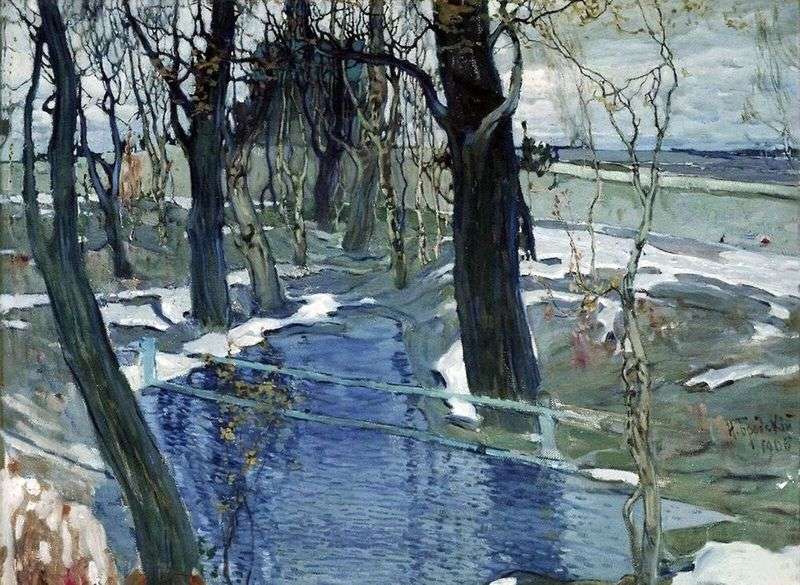 Spring by Isaac Brodsky
Spring by Isaac Brodsky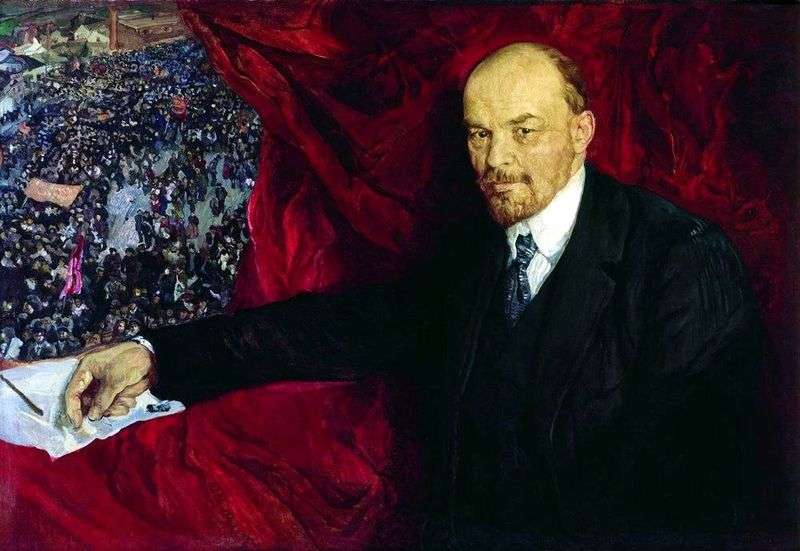 Lenin and the manifestation by Isaak Brodsky
Lenin and the manifestation by Isaak Brodsky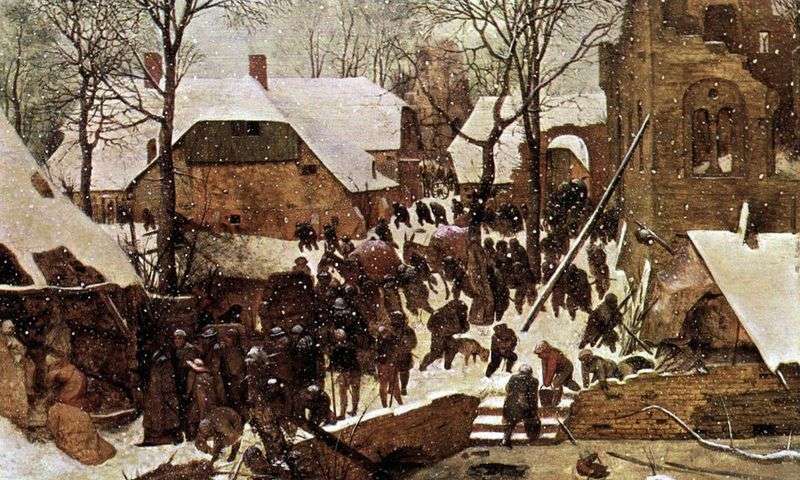 The Adoration of the Magi in the Winter Landscape by Peter Brueghel
The Adoration of the Magi in the Winter Landscape by Peter Brueghel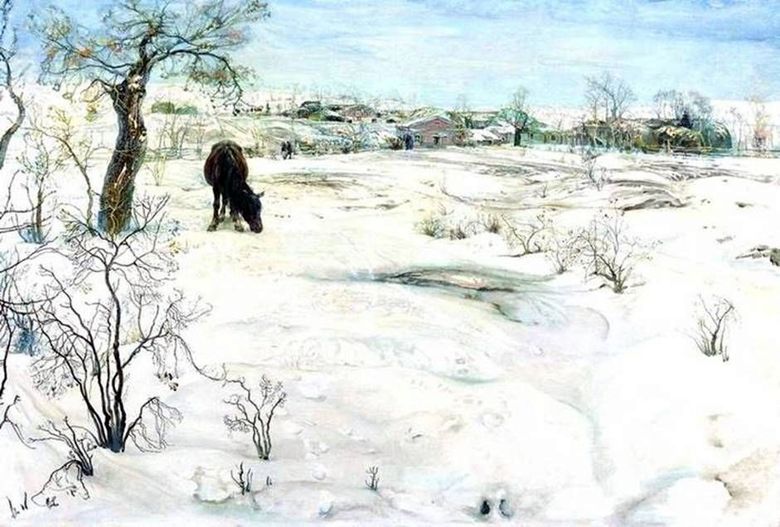 Hiver – Isaac Brodsky
Hiver – Isaac Brodsky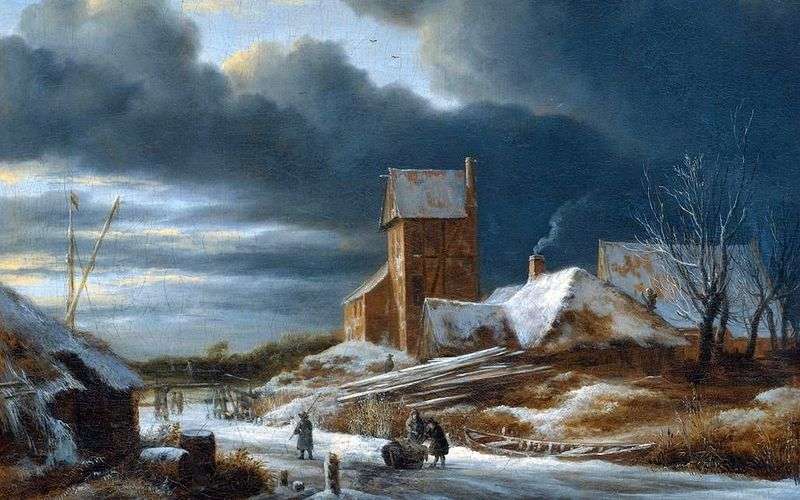 Winter landscape by Jacob van Ruysdal
Winter landscape by Jacob van Ruysdal Winter in the forest by Isaac Levitan
Winter in the forest by Isaac Levitan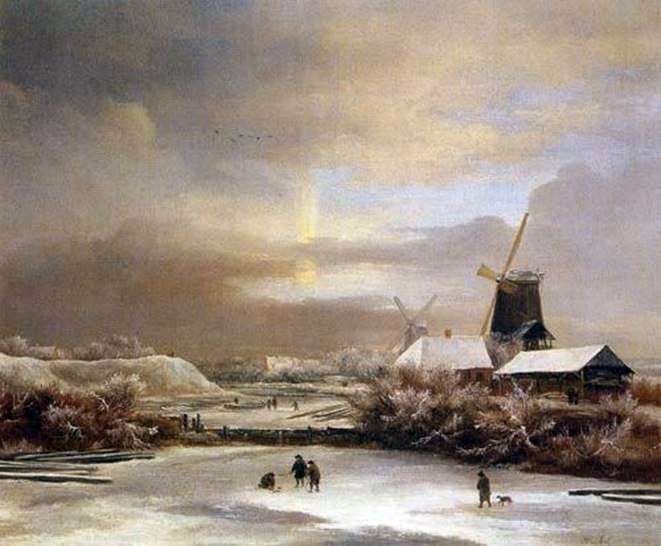 Winter Scenes by Jacob van Ruysdal
Winter Scenes by Jacob van Ruysdal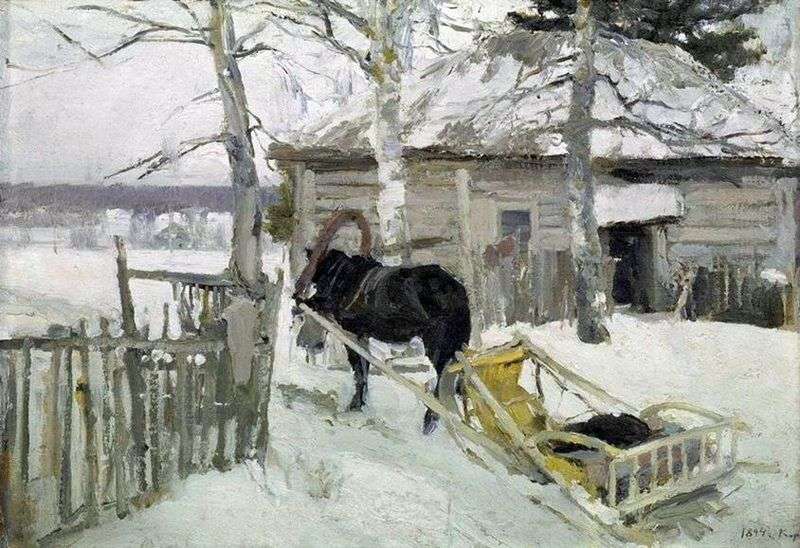 In the winter by Konstantin Korovin
In the winter by Konstantin Korovin